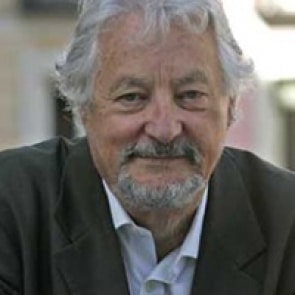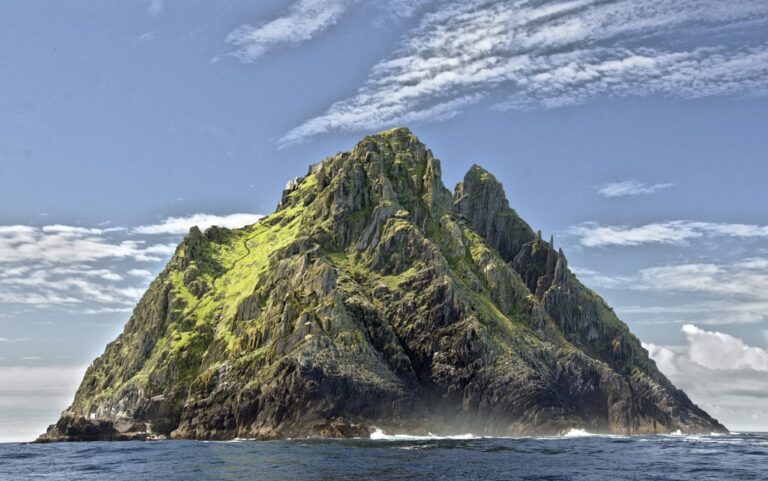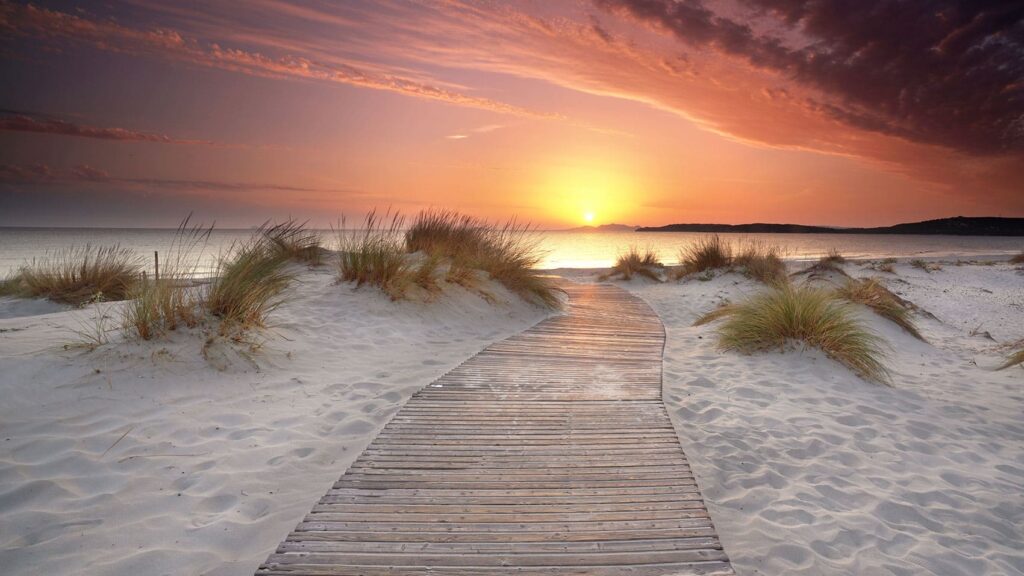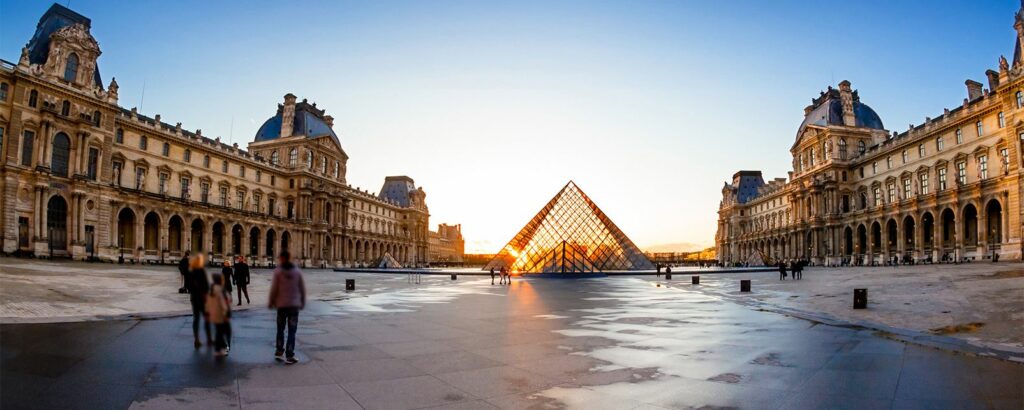Another Tourism is possible
Part 1
Like the best sagas of the summer such as Zodiac, the Château des Oliviers or Châteauvallon, we offer you a miniseries in three parts that will keep you spellbound on the theme of another type of tourism. Good reading.
With a year made up of a winter without snow, a summer marked by drought and fires, the question necessarily arises about the future of the current world based on an almost bicentennial industrial revolution which has erected its laws and its concepts. What we are sure of now is that the limitless growth carried in 1960 by Arthur Okun, among others, whose analysis was that an annual growth of 2% of American national production corresponded to a fall of 1% in unemployment. . Under a global vision taking into account the sustained development of the Soviet Union and for national security purposes, our Arthur needed to reassure on the plan on an economic ideology that could serve, at the time, the military and political power of the west. We can clearly see a few decades later that this was not the solution and that the current world must adapt at the same time. to several changes to continue to evolve.
In the middle of the summer season, it was therefore logical that Tourism should be singled out as the bad student since the subject of Covid-19 was outdated, that of Ukraine too anxiety-provoking, politics no longer having the expected audience for good reason. population overdose (or simply disinterest), the media saga of the summer had to find its prey. It was ultimately natural to align binary theories on the link between tourism and ecology to feed superficial-permanent information flows.
Unfortunately, summing up tourism to a simple seasonal economy does not help the debate given the complexity of its transversality. However, the change has already begun in the sector, but we will still have to be patient to see the effects.
Of course, Tourism as it has been developed for 70 years is coming to an end but, in the end, it may not be an evil that is changing.

The main problem is to limit the tourism sector to its sole economic impact. We do not see Tourism as an industry impossible to relocate, because our vision is distorted by creation ex nihilo non-places that take precedence over places anthropological. A dismissal dtell yous ? And yes, “If a place can be defined as identity, relational and historical, a space that cannot be defined neither as identity, nor as relational, nor as historical will define a non-place. » tell 1992, Marc Augé in his book « Non-places, introduction to an anthropology of supermodernity » He will oppose, in is theory, non-places to places anthropological that will explain just after. To see Tourism in a more global in space and in time, we cannot limit its development to the simple development mass of yars 1960 and the making put in place infrastructure that finally will not have for only vocation to welcome the public without a real soul. You have to see it as a whole to realize that the places anthropological are indeed far ahead in the generation of flows of clients, and has been for a long time.
What is an anthropological place?
The anthropological place is where the subjects who live there can identify with it (“place of birth”), establish lasting relationships there (sociability) and attach a collective history to it.

Marc Augé
French ethnologist and anthropologist
But this is only one facet of the tourist activity. In 2016, in theAttractiveness Canvas, I described the tourist attractiveness by the ability to develop or enhance in a synchronous way the attributes of the territory that are accessibility, infrastructure, landscapes and communities. I do not mean that only destinations with 5000 years of history have a vocation sightseeing, but to limit the attractiveness to a single sector is a consequence of the mass tourism developed in a time supermodern which can now be changed.

An economy that must now rhyme with ecology
Is the tourism sector lagging behind? Not more than the others in fact. Each french makes 6.3 trips of more than 80 kilometers per year, or 8500 kilometers. 85% of those distances are made by plane or by car. The train represents 12% of those routes long distance, yet he emit 40 times less than the car. Airplanes represent 2% of trips, but emits a third of GHGs (Gas at Effect of Tight) of the sector which itself represents 9% national GHG emissions.
The Shift Project team in its very good book “Le plan de transformation de l’économie française” offers operational solutions to reduce these GHG emissions.
And let’s be clear right away, Zerocarbon will not exist! Neither in 2050 nor after. On the other hand, we can drastically reduce emissions in the tourism sector as a whole.attaquant aux deux grands axes consommateurs Le Transport et le Logement.
In the first, the train appears as an existing solution. The shift project projects that if rail traffic will triple in the next thirty years, whether that leads a 20% reduction in car journeys and 35% in aviation, this would reduce energy consumption by 70%, or 3.1% per year. Dependence on liquid fuels would then drop from 88% to 24%.
Sure, this requires a change in behavior for consumers who are already loans to make the effort if the offer exists. This also requires a very large investment effort for the structures public to restore (or electrify) railway lines existing, but also at each level of territory to offer a network ranging from major national and regional connection hubs to the management of the last mile at the local level. All this is not simple and will require a heavy financial investment on the part of all, but will necessarily pay off in time.
For the question of accommodation, we are not going to come back to huts, but maybe more conceived to rationalize or optimize the existing building. I remember a discussion a few months ago with Pierre Leroy, President of the Pays du Grand Briançonnais, Guillestrois, Queyras and Écrins in others which indicated to me that 80% of the buildings belonging to the public service were unoccupied. It’s starting to…
On March 11, 2012, the Swiss people decided to limit the number of secondary residences in each municipality to 20%. On January 1, 2016, the Federal Law on Secondary Residences came into force. In France, 22% of housing is vacant or secondary. There may be developments to imagine in the sector. But apart from the comment on secondary residents renting or not, it is all the infrastructures and facilities that must be redesigned. We ask ourselves, under what condition must we still build? can’t we renovate, rehabilitate the existing to try to optimize it? In terms demographic this also raises the question of the revitalization of rural areas through their ability to offer vacant housing. With a tenth of France’s greenhouse gas emissions, residential buildings face a triple challenge: reducing their emissions, getting out of their dependence on fossil fuels and adapting to future climate events. All players in the institutional and private tourism sector must focus on this sector massive global and efficient energy renovation. This means insulating buildings and decarbonizing heat sources.
The subject is too vast to deal with in a single article, but in the operation of infrastructures, a large number of savings are to be found for their managers as well as for the impact they produce. The Ademe recognizes a small number of them which make it possible to integrate a sobriety approach, to reduce its carbon footprint but also to make savings in the medium and long term in terms of energy but also financial for its owner.
The Alps agency accompanies throughout the year a good number of territories in their strategies or their reflections that make the difference. Do you want to know our references? Contact us
You wish to organize a conference on this theme, contact us too, we will analyze your needs together.
You can read all the other articles of the Alps Agency in the Blog section and discover all the services we can offer you.
This article was written by François Veauleger and kindly pimped by Gregory Guzzo



